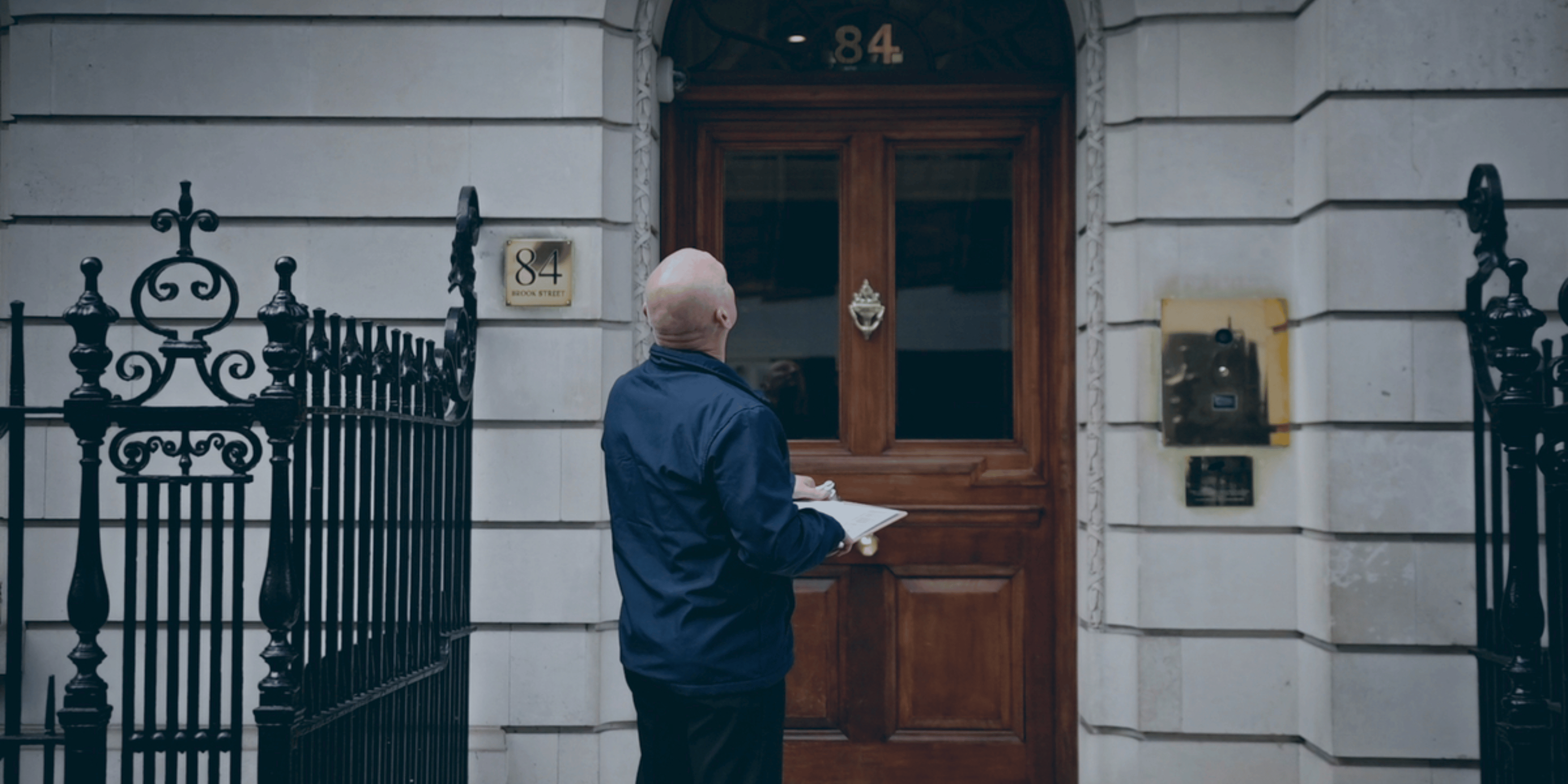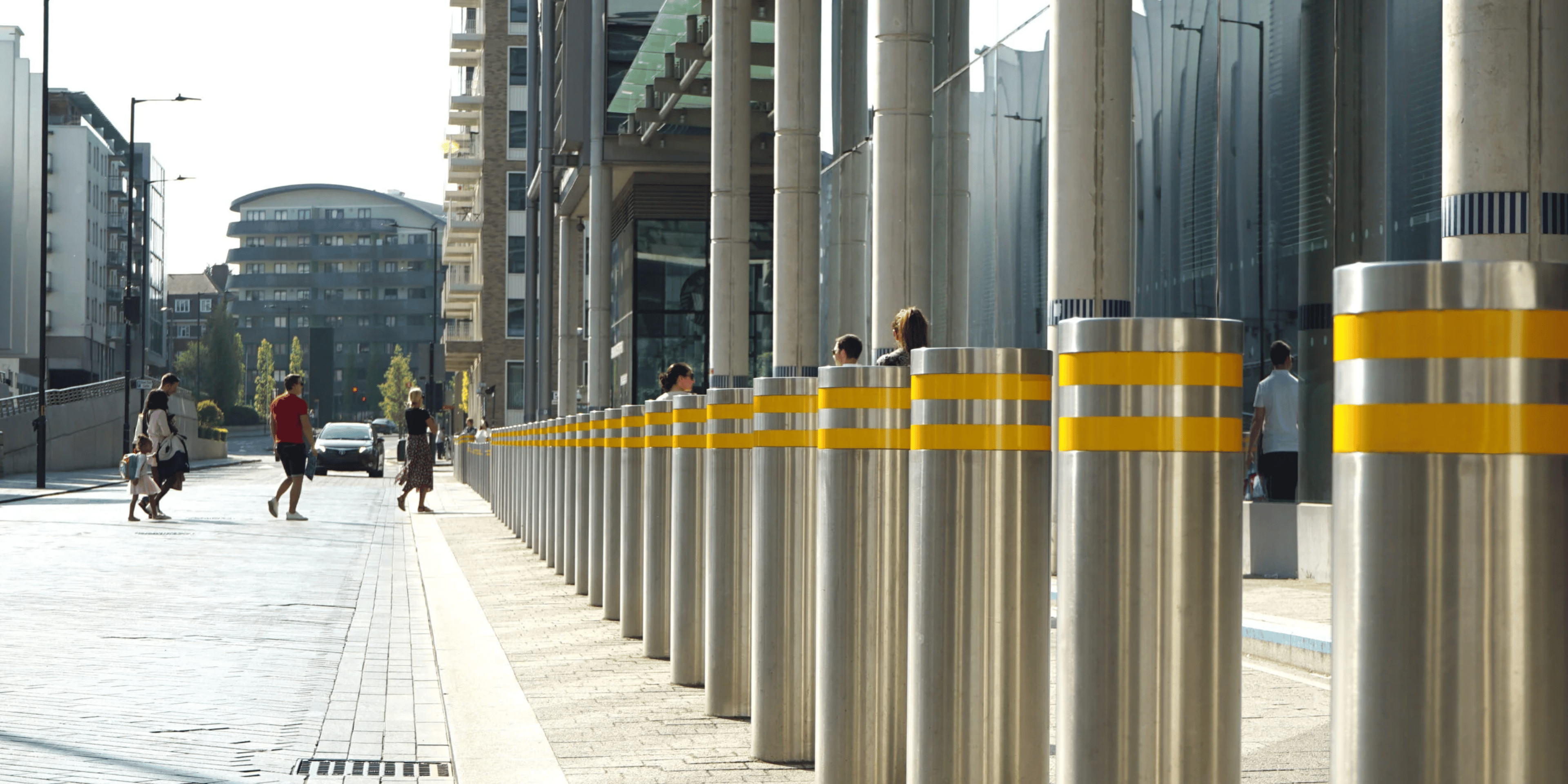
Why Executive Workspaces Need On‑Site Security More Than Ever

In late February, the UK government announced a £31 million package to improve the safety of MPs, including private security provision, panic buttons, and bodyguards for those at highest risk. The move followed a string of violent incidents: arson attacks on constituency offices, threats to MPs’ families, and public protests that spilt over into targeted intimidation. But this wasn’t only a political response, it was a sign of what’s happening more widely in professional environments where high-profile figures operate.
While the headlines focus on elected officials, what’s playing out across Parliament isn’t confined to Westminster. CEOs, legal officers, HR directors and other senior executives are increasingly exposed to the same risks, especially when decisions they make affect large groups of people, spark public backlash or are seen to carry political weight.
It’s a mistake to assume these threats stay online or out in public. What we’re seeing is an increase in activity that targets the places these individuals work, and that includes corporate offices, executive floors and HQs. It’s no longer enough to think of “office security” as reception check-ins and a CCTV feed no one actively watches.
There’s real-world evidence to back this up. According to Raconteur, executive security spending has jumped significantly in the past year. Around 31% of S&P 500 firms now provide personal protection to senior leadership (up from just 21% in 2021). Median spend has doubled in that time. And while these stats are mostly US-based, the pressure is just as real in the UK, particularly in sectors facing public scrutiny, such as energy, tech, pharma, and finance.
Add to that the toxic mix of online exposure and hybrid working, and the executive office becomes more vulnerable, not less. When someone’s photo, job title, commute and office location are publicly available, and when tensions are high, whether that’s over redundancies, climate policy, or political alignment, we’re seeing a very real need to strengthen on-site protection.
It’s also not just about personal safety. Corporate espionage, data leaks and reputation management all intersect with workspace security. A badly handled breach in a corporate HQ isn’t just a PR disaster; it can trigger loss of investor confidence, media backlash, or litigation. That’s before you even look at the human cost.
Some of the most practical steps companies are taking now include:
- Securing building access points with layered authentication
- Placing trained, vetted professionals in visible, front-facing positions (not just passive guards)
- Creating secure zones or ‘red’ floors for exec teams and high-stakes meetings
- Installing panic systems and rapid evacuation procedures for designated individuals
- Briefing staff on security awareness and recognising behavioural red flags
- Running regular reviews of physical and digital security integration
- Working with law enforcement or private providers when threat levels increase
We’ve seen how fast these situations can escalate. Look at the murder of Jo Cox in 2016, or David Amess in 2021, moments that forced urgent reviews across the public sector. What’s happening now is similar, but wider. Thanks to the need for personal branding, the line between public figure and private professional is thinner than ever. And that’s forcing companies to ask tough questions about how well their physical environments are prepared for disruption, protest or direct threats.
One concern I often hear is that adding visible security might create the wrong atmosphere. But it’s usually the opposite. Handled well, professional on-site security brings calm, confidence and clarity. It shows teams that the business takes their safety seriously, and it deters opportunists long before they reach the building.
At Priority First, we’ve been working with companies across the UK to improve the resilience of their executive spaces, from corporate HQs to satellite offices. If you’re looking for an honest assessment of your current setup, or support in building something stronger, we’re ready when you are. Get in touch here.





